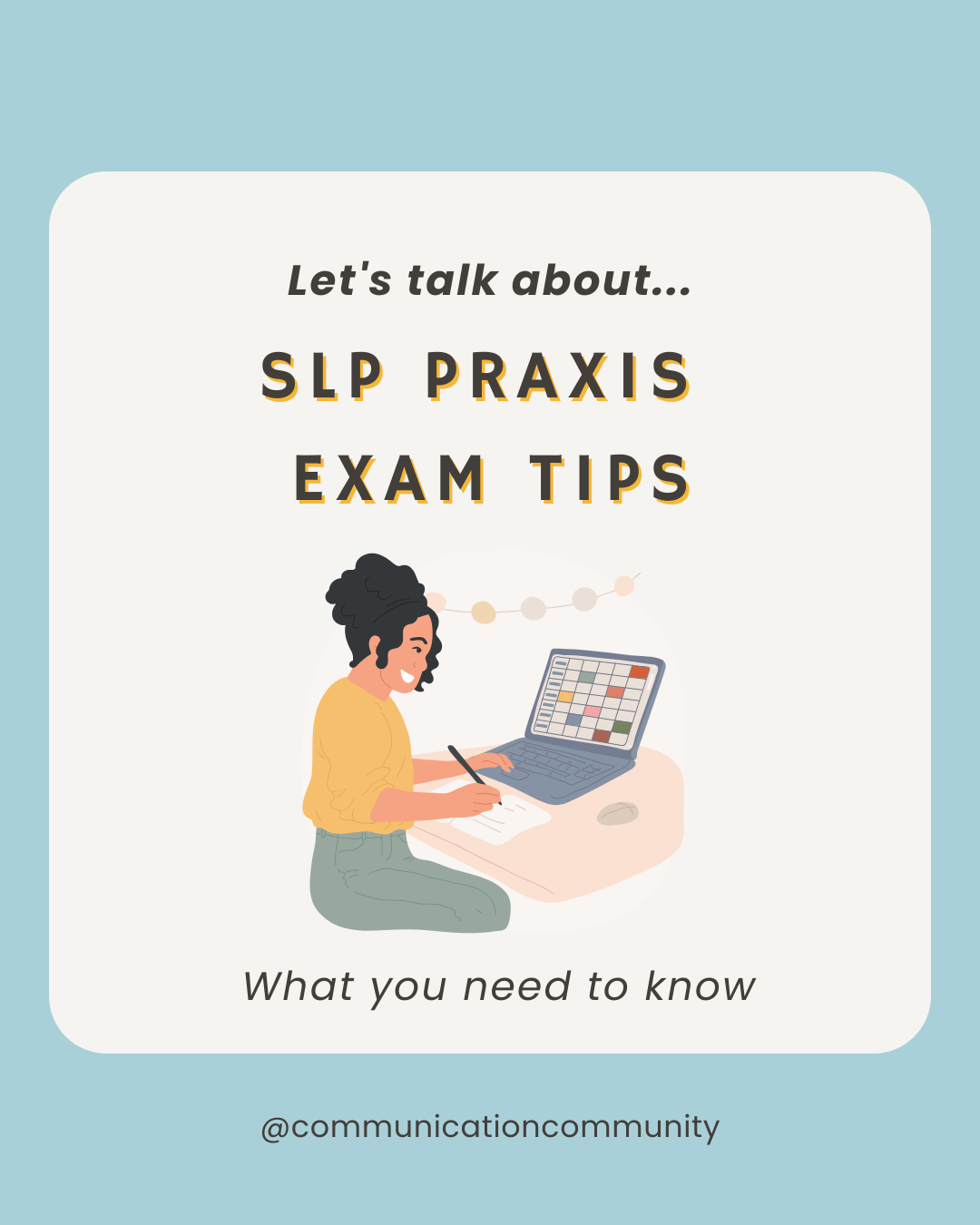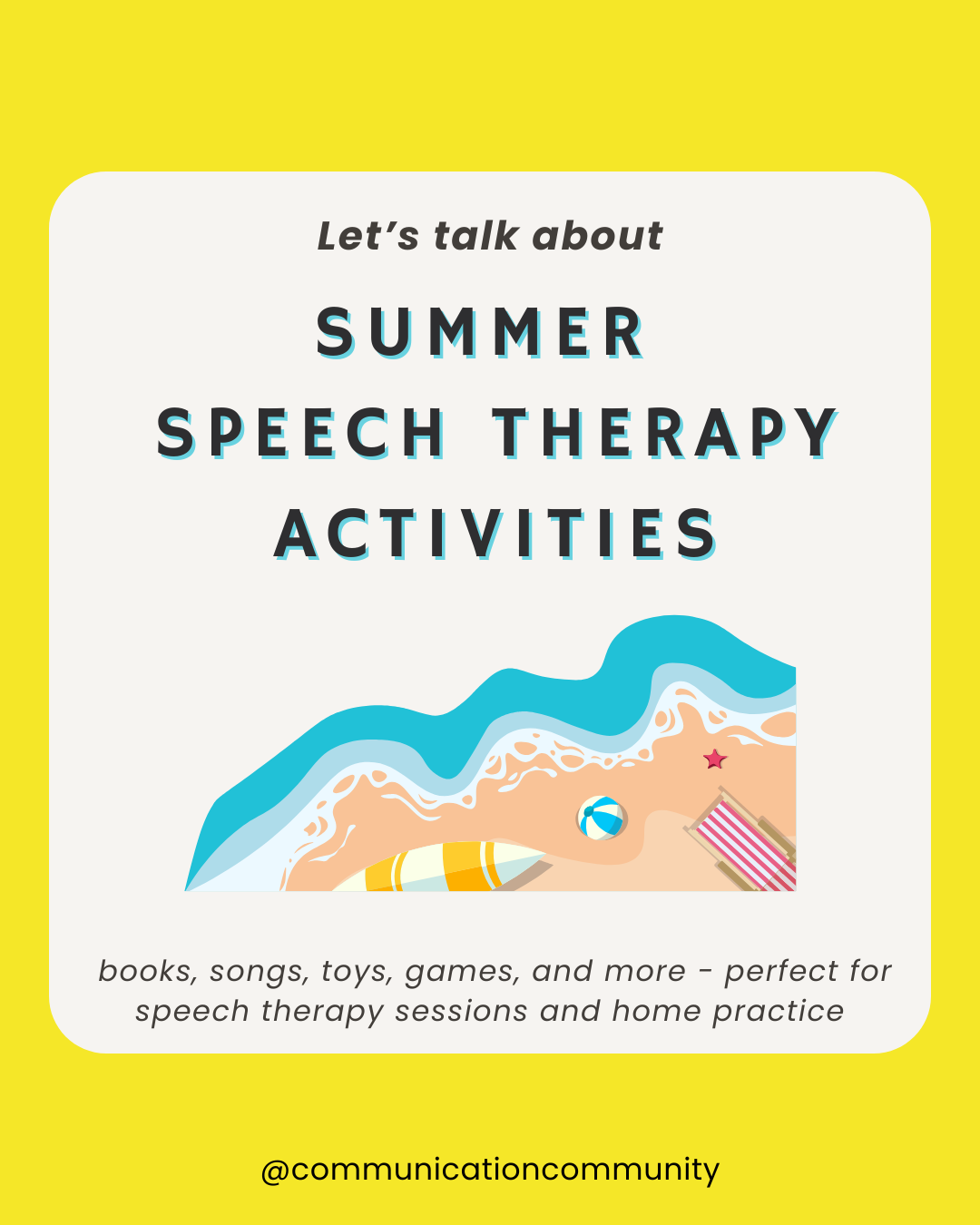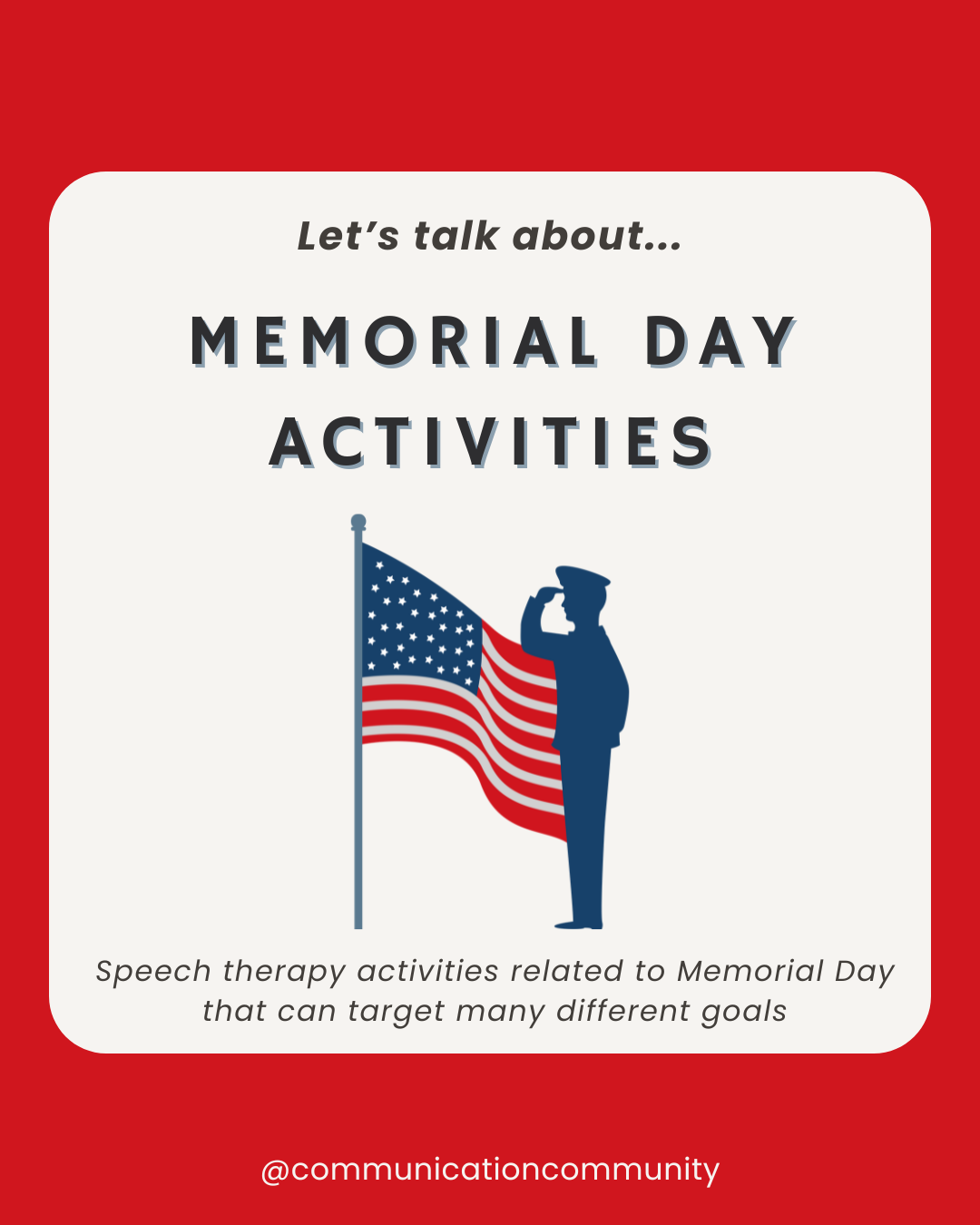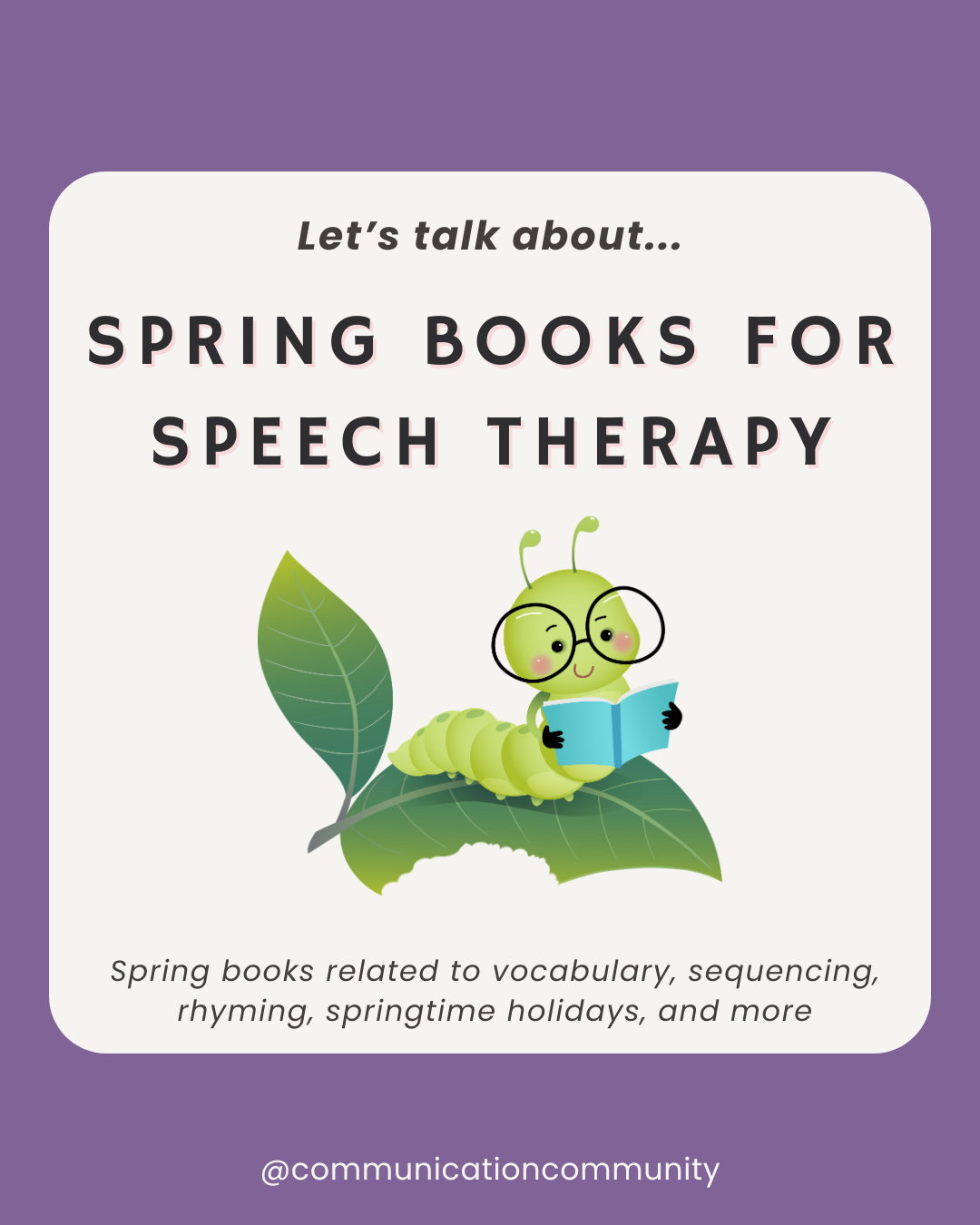The Impact of Speech and Language Impairments on Learning and Social Development
Approximately 1 in 12 children between the ages of 3-17 have a speech and/or language need in some capacity. This can include an articulation delay, a mixed receptive and expressive language disorder, or executive function difficulties. Given that a classroom usually has 20 or more students, teachers are likely to have at least 1-2 students with communication difficulties in their classroom at any given time. Therefore, it is important that they can work with SLPs to best support their students!
Students with speech and language impairments (a commonly-seen disability on IEPs) may have more difficulty understanding academic information, expressing information they know, and interacting with educators and students in the school environment. SLPs work with students with speech and language impairments (SLIs) to improve these skills but intervention often occurs in a therapy room. The carryover, or generalization, of communication skills across multiple contexts and settings, is often more difficult to attain (versus the sole use in the speech therapy room). When SLPs collaborate well with teachers, this generalization of skills may be achieved more quickly and easily.
Speech Versus Language Disorders
Speech disorders may include articulation/phonological errors, stuttering and cluttering, and vocal volume, pitch, or quality difficulties. Articulation and phonological disorders are the most common speech disorders in school-aged individuals; however, all of the above conditions may impact students’ ability to be understood.
Language disorders can include receptive difficulties (e.g., understanding information), expressive difficulties (e.g., expressing information), and pragmatic difficulties (e.g., interacting with others). Students with language disorders may have trouble understanding and executing directions, learning new vocabulary, and completing schoolwork.
Both speech and language disorders can significantly impact a child’s academic performance if gone untreated. SLPs can collaborate with teachers to provide specific information about students’ strengths and needs (note: their strengths and needs may differ even if they have the same disorder) and gather feedback about how it impacts them in the classroom.
How SLPs and Teachers Can Collaborate
Below are some things SLPs can do to support teachers best, things teachers can do to support SLPs best, and things both can do to support each other and their students!
How SLPs Can Support Teachers
- Provide information about students’ speech or language impairments. This may include information such as, “Tony’s understanding of sequential information is impacted so he may require additional support with multi-step tasks.”
- Provide strategies to support student instruction. For example, an SLP may say, “Ava is hard to understand sometimes because of her speech sound disorder. If you don’t understand what she is saying, encourage her to use gestures or pictures to communicate what she needs.”
- Provide insight into what the student is working on in therapy. For example, an SLP may say, “I am going to help Ali say the /k/ sounds but it may take him a while to get it. Let me know if you hear him use it correctly!”
How Teachers Can Support SLPs
- Provide an overview of lesson units. SLPs can work with students on related information to reinforce concepts learned in the classroom. For example, if the class is going to study plants, SLPs may also cover plant vocabulary in their sessions.
- Provide feedback about students’ interests and progress. This can help SLPs know what to focus on in their sessions. For example, if the student is really interested in puzzles during their free choice time, the SLP may be able to also use puzzles as a way to increase engagement in their sessions.
- Provide information about any new concerns. Teachers may be the first to notice that a student is having more difficulty as compared to other students with aspects of communication. By collaborating with SLPs, they can more efficiently determine if a student does need speech and/or language support and steps from there.
How SLPs and Teachers Can Support Each Other
- Find the best way to communicate. Some professionals prefer email communication whereas others have so many unread emails that a new one may get lost in the noise. Some prefer to communicate in person after students are dismissed whereas others prefer a quick chat during lunch. Figuring out when, where, and how to communicate can make a huge difference in effectively working together!
- Be open to new ideas. Teachers and SLPs may have had different experiences and have different strategies for teaching and learning. Being automatically dismissive of someone’s idea or method because it’s different from what they’ve experienced can end up hindering a student’s progress more than anything.
- Embrace flexibility. Both teachers and SLPs have a lot of demands and expectations placed upon them. Teachers have certain standards to cover each day and SLPs have legal documents and plans (aka IEPs) they must follow. Throw in an assembly or a weather delay and all of a sudden it seems like a student should be in 3 places at once! Having flexibility around scheduling and plans is important for both parties.
For students who have learning, speech, and/or language concerns, the collaboration between SLPs and teachers is essential for the creation of a quality IEP.
IEP Terms to Know
SLPs are often well-versed in IEPs because they help write a lot of them but IEPs are a team project. This means each team member’s input is required and valuable! Teachers should also be provided with (easily accessible) IEPs as needed for their students so they are continually aware of their students’ accommodations, goals, etc. Below are brief explanations of some parts of IEPs.
Present Levels*
*Note: the verbiage of each of these sections may differ from school to school, district to district, etc
In the Present Levels section (note: often referred to as the present level of performance/PLOP the verbiage may differ from school to school), service providers (e.g., SLPs) often provide updates on the goals the student worked on over the past year and the progress that they have made. They may also touch on areas of continued need.
Educational Impact
In this section, information about how a student’s disability may impact them in the classroom will be discussed. For example, a student with a speech sound disorder may not be fully understood by others when speaking in class.
Annual Goals
This part of the IEP covers goals for the student over the next year. It outlines what the student will be working on and often refers to corresponding academic standards. For example, a goal about using past, present, and future tense verbs correctly may correspond with an academic standard related to using correct grammar when writing.
Accommodations
This part is key for teachers to understand and know about! This talks about how teachers can accommodate their students in the classroom to best support them. For example, it may include modeling correct speech sound production or providing praise if a student produces a target sound correctly. It may also touch on using visual aids when giving multi-step directions if a student has difficulty understanding verbal information.
Testing accommodations may also be included here. This may indicate that a student does best taking tests in a small group setting or needs extra time to complete tests.
Service Delivery
The Service Delivery part of the IEP indicates how often SLPs will be working with students and in what setting. For example, it may say they will see the student inside or outside the general education classroom. It may also include time for consultation with the IEP team.
When Collaboration Worked Best
Success stories of SLP and teacher collaboration!
I had a student once who had a speech sound disorder and made a lot of errors when speaking. She did not get frustrated easily when she could not be understood but her teacher was often asking her to repeat herself over and over. As the SLP, I provided information about her speech sound disorder, stating that she often used the /s/ sound instead of /sh/, so if the teacher heard /s/ and it didn’t make sense, try to see if the word would make more sense with the /sh/ sound. I also provided strategies for alternative communication methods if needed. The teacher let me know that while the student also had IEP goals related to grammar, her grammar had improved a lot over the school year and was on par with most of the other students in her class. Though I had data from sessions to support this, hearing it from the teacher was helpful in my session planning!
I had another student one time who was working on figurative language and had difficulty understanding metaphors and idioms. His Language Arts teacher would let me know what book they were reading, and specifically, what chapter they were reading that week. I would get a copy of that book and find examples of metaphors and idioms in that chapter and incorporate that into our sessions.
Collaboration between SLPs and teachers can truly make a difference for students. We hope that you can find ways to be successful throughout your school year!
Looking for more school year success resources?
- Back to School BINGO: BINGO is great for targeting different goals and engaging alllll learners
- Speech Therapy Ideas for Back to School (worksheet included): find activities perfect for 1:1 sessions, small groups, and large groups!
- Back to School Resources with Smarty Symbols: make communication boards, visual schedules, and games quickly and easily using Smarty Symbols
- School Age Speech Therapy Goal Creator BUNDLE (also on TPT): save $18 when you get FOUR of our goal banks all at once! Also find individual goal creators for language, articulation, fluency, and AAC.
References
American Speech-Language-Hearing Association. (n.d.). Quick Facts. Retrieved from https://www.asha.org/about/press-room/quick-facts/#:~:text=Nearly%201%20in%2012%20U.S.,language%2C%20or%20swallowing%20(source)
National Center for Education Statistics. (n.d.). National Teacher and Principal Survey, 2017-18: First Look (Preliminary Data) - Table 6. Retrieved from https://nces.ed.gov/surveys/ntps/tables/ntps1718_fltable06_t1s.asp

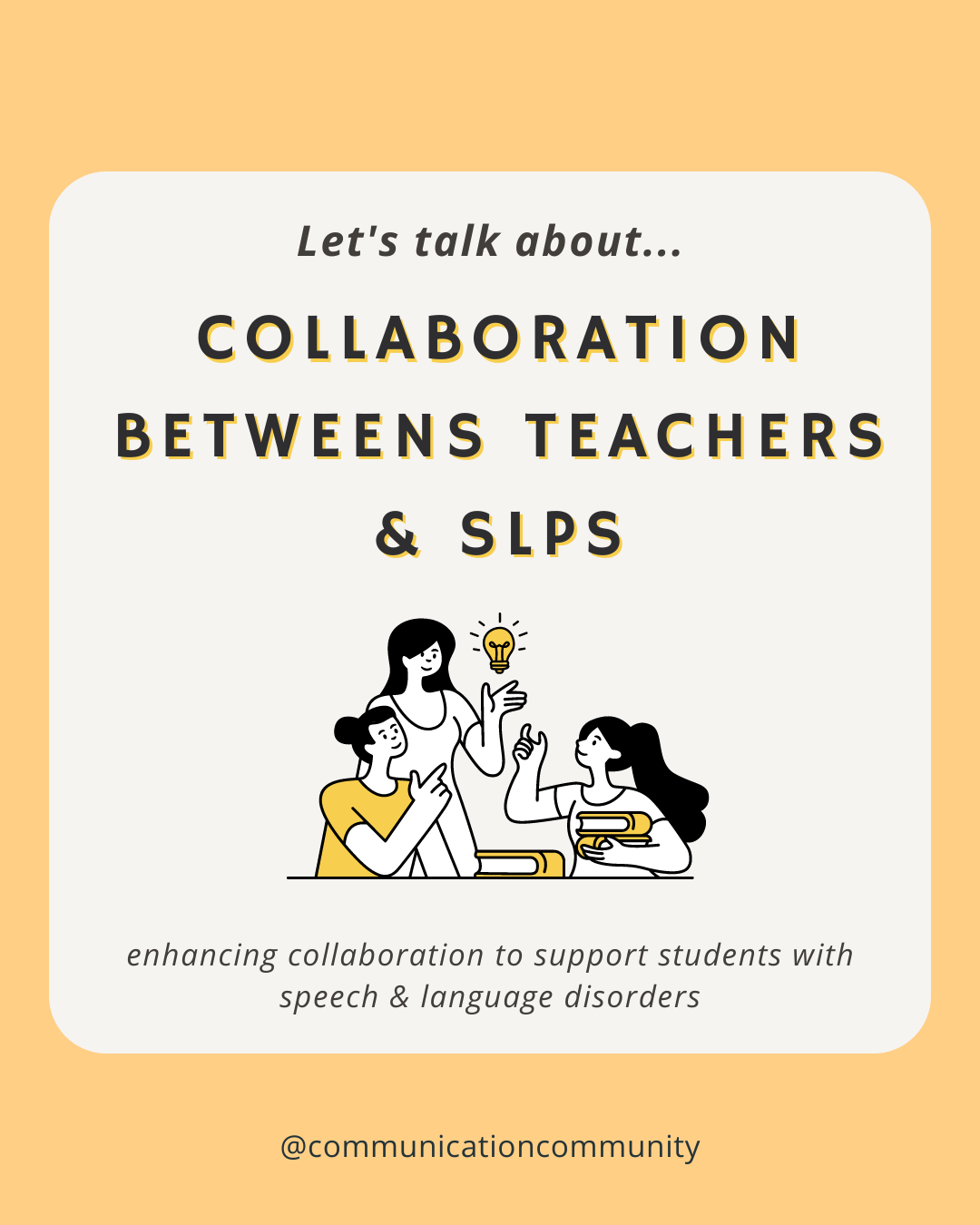
![How to Write Apraxia Goals [with goal bank]](https://www.communicationcommunity.com/content/images/2024/07/Apraxia-Goals--1-.png)
